Ebbe Gehl and Jacob Strobel on Sustainability
Our interview with two Wharfside furniture designers on what being truly “green” means to them

Advertorial content:
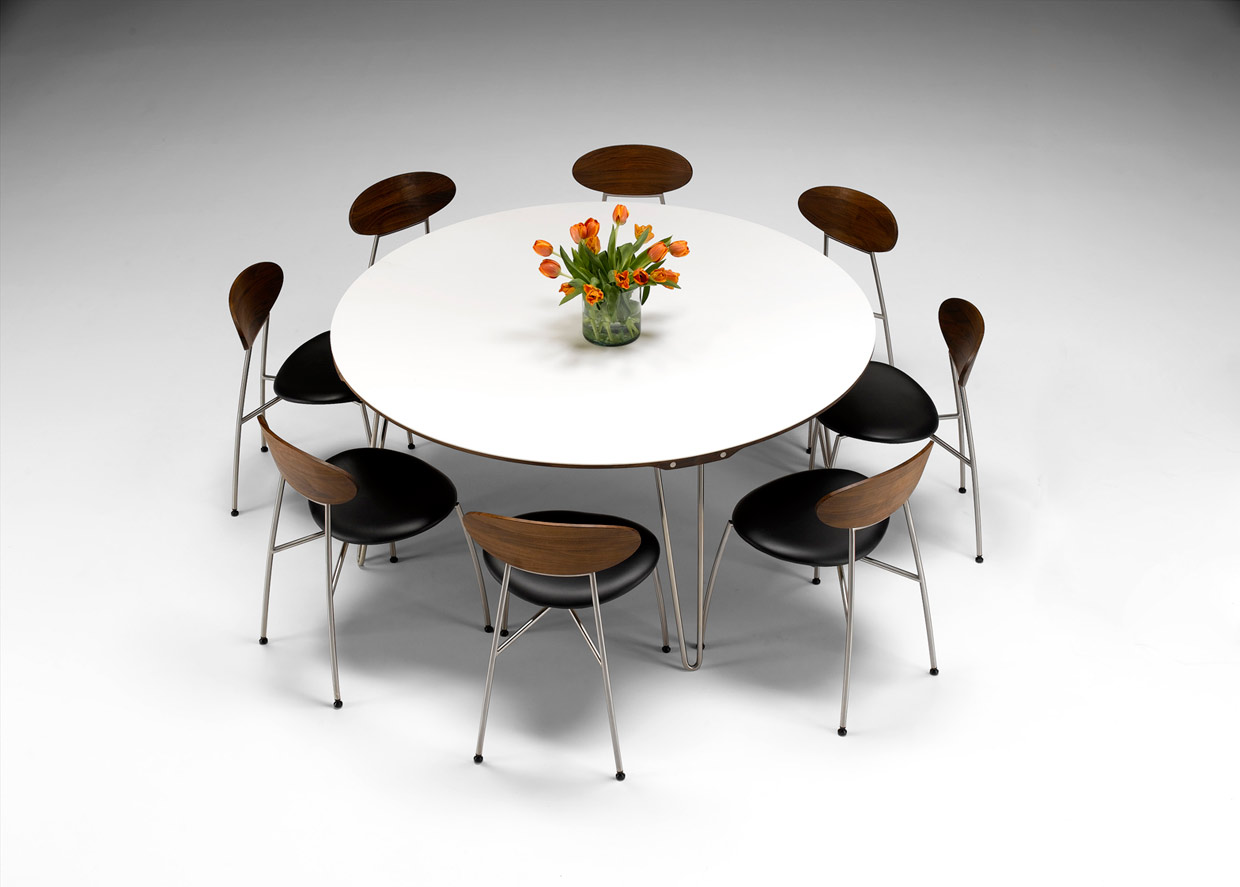
Flip open nearly any magazine these days and you’re sure to find at least one story touting the latest sustainable products. From bamboo cutting boards to wall coverings made from recycled materials, there’s no shortage of “green” furnishings aimed at relieving guilt of daily modern life. While awareness of the need to consume in more environmentally-friendly ways has never been higher, for many the very idea calls into question what sustainable design really is.
In an attempt to sort out where marketing phrases end and real progress begins, we teamed up with Wharfside, a sustainable furniture company based in London. Checking in with designers from two of Wharfside’s eco-friendly lines, Jacob Strobel of the Team 7 collection and Ebbe Gehl of Naver, the two shared insights on how the company manages to remain at the forefront of environmental manufacturing while keeping design fresh at the same time.
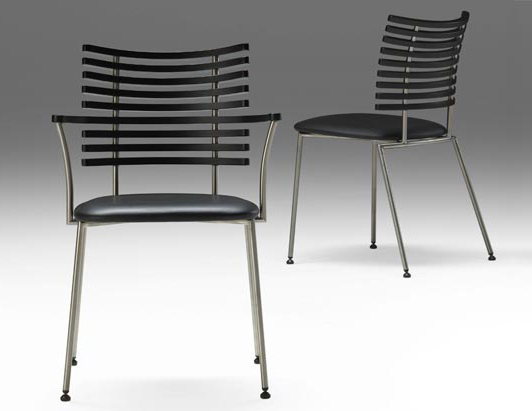

With sustainability a top priority at the company, Gehl shared how their material selection process goes beyond surface level. The Naver designer explains that sustainability isn’t just about the type of wood used, but also about how a designer uses it. Good design—”where function and shape melt into harmony”—only comes from “deep respect and knowledge about the materials involved,” which plays a role from the inception of the product to final prototyping stage. The result, as Gehl sees it, is meaningful design that will last for generations, expressing “[a designer’s] personality and [his] own time” rather than “just careless riding on the wave of the latest trend.” As the Wharfside site reads, “nothing is less ecological than a product with a short shelf-life.”
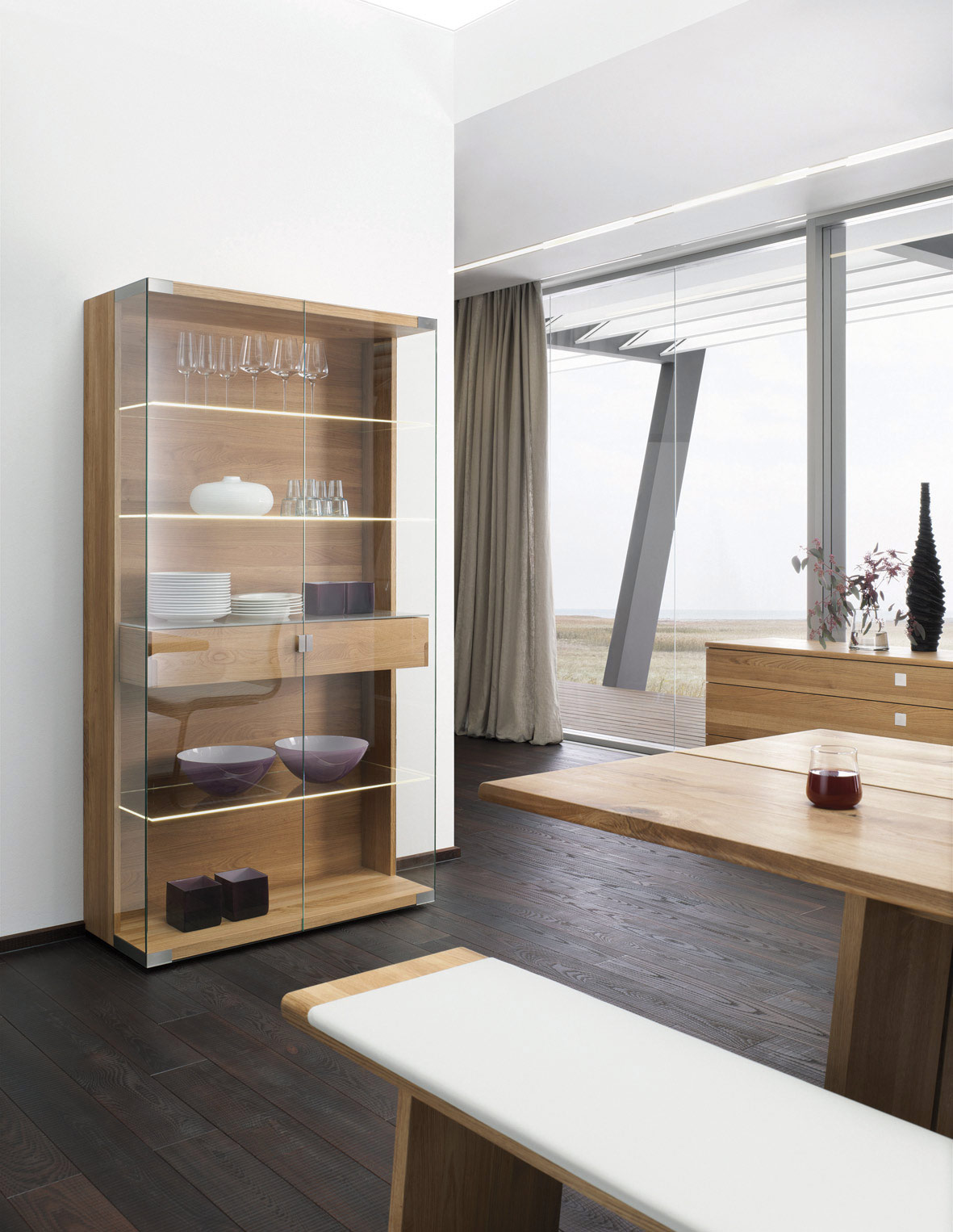
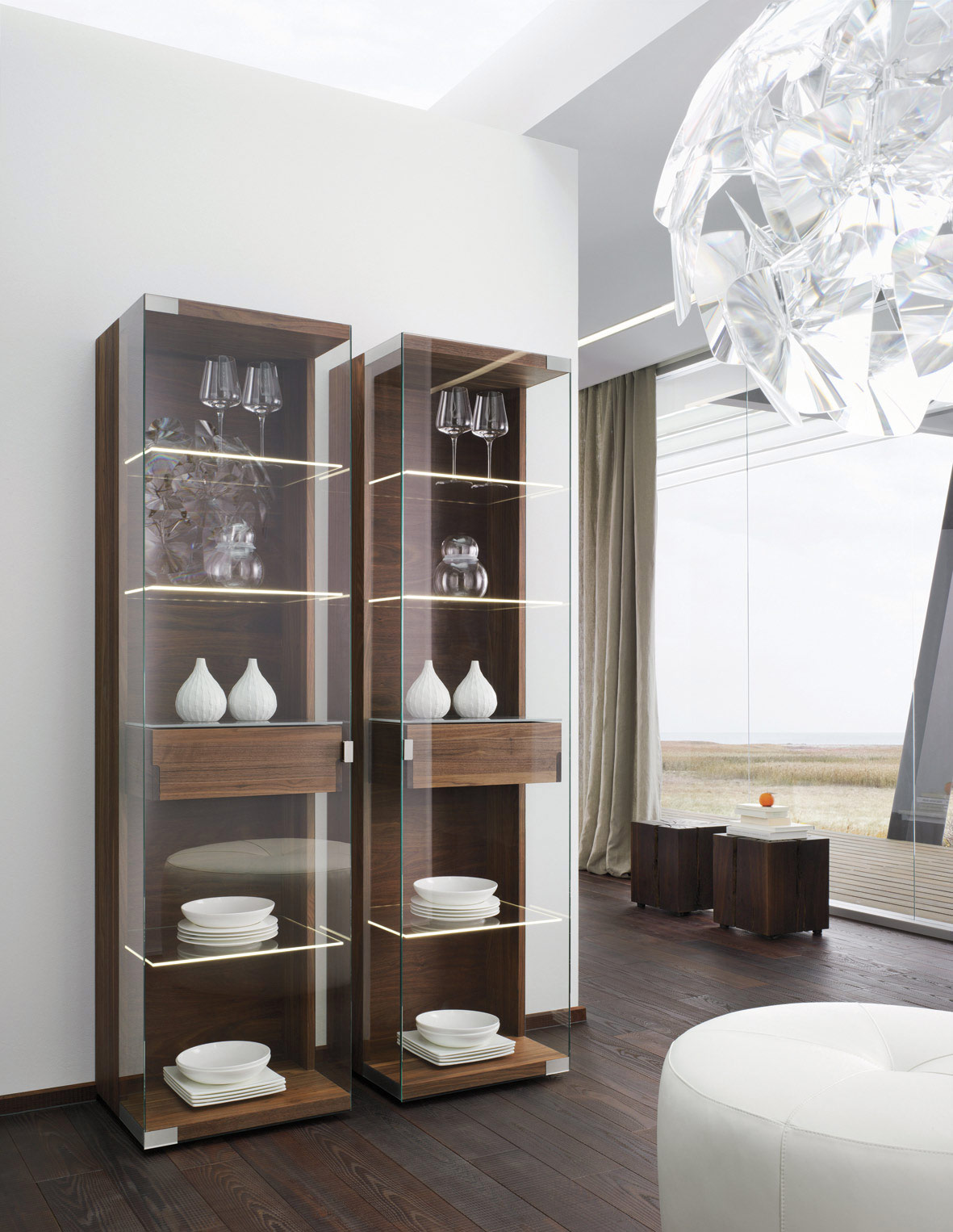
Like the challenge of design that will remain relevant for generations, the task of balancing sustainability with innovation is extremely important to the company but isn’t an easy feat. Wharfside welcomes the constraints however, as Team 7’s Jacob Stroebel explains, “In design you always have to face specification and targets, and it makes you think out of the box. If the box is to protect the environment, the motivation to achieve that task is even higher.” His particular approach—he cites a recent 100% lambswool handle inspired by his kids’ fascination with felting and the seal of a jar—comes from “all sorts of impressions I get in my daily life.”
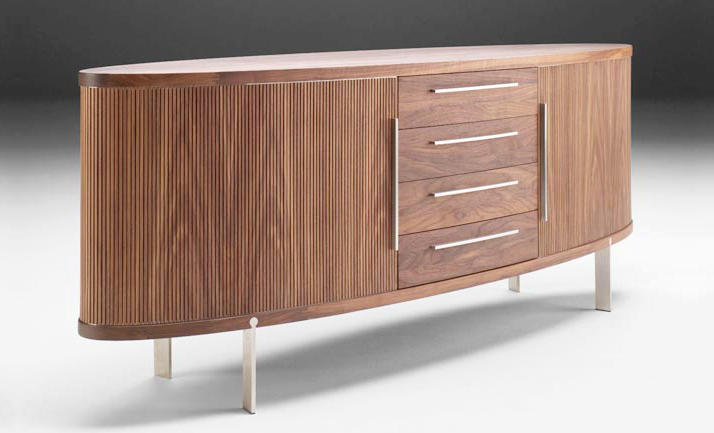
In addition to their internal commitment to sustainable design principles, Wharfside has a similar belief when it comes to their partner factories and designers. The brand only works with factories throughout Europe that exercise the same values, as well as only chooses designers who practice the same philosophy of progressive design within sustainable products.












